Increased Investment in R&D
Investment in research and development (R&D) is a critical driver for the nuclear magnetic-resonance-spectroscopy market in Germany. Companies and institutions are allocating substantial resources to develop innovative NMR technologies and applications. This trend is evident as the R&D expenditure in the scientific sector has increased by approximately 15% over the past few years. Such investments are aimed at enhancing the sensitivity and resolution of NMR instruments, making them more accessible for various applications. Additionally, collaborations between academia and industry are fostering advancements in NMR technology, further propelling market growth. As R&D continues to thrive, it is likely to play a pivotal role in shaping the future of the nuclear magnetic-resonance-spectroscopy market.
Expansion of Healthcare Applications
The nuclear magnetic-resonance-spectroscopy market is witnessing an expansion in healthcare applications, particularly in diagnostics and drug development. Hospitals and clinical laboratories in Germany are increasingly utilizing NMR spectroscopy for its non-invasive capabilities and high-resolution imaging. This technology allows for the precise analysis of biological samples, aiding in the diagnosis of various diseases. The market is expected to see a growth rate of around 10% in the healthcare sector as more facilities adopt NMR systems for routine analysis. Furthermore, the pharmaceutical industry is leveraging NMR spectroscopy for drug formulation and quality control, enhancing the overall efficiency of drug development processes. This growing reliance on NMR technology in healthcare is a crucial driver for the nuclear magnetic-resonance-spectroscopy market.
Rising Demand in Research Institutions
The nuclear magnetic-resonance-spectroscopy market is experiencing a notable increase in demand from research institutions across Germany. This surge is primarily driven by the need for advanced analytical techniques in various scientific fields, including chemistry, biology, and materials science. Research institutions are increasingly adopting nuclear magnetic resonance (NMR) spectroscopy for its ability to provide detailed molecular information. In 2025, the market is projected to grow by approximately 8% as more institutions invest in NMR technology to enhance their research capabilities. The integration of NMR spectroscopy into academic curricula further supports this trend, as students and researchers seek to utilize cutting-edge tools in their studies. Consequently, the growth of research institutions is a significant driver for the nuclear magnetic-resonance-spectroscopy market in Germany.
Growing Interest in Food Safety Testing
The nuclear magnetic-resonance-spectroscopy market is benefiting from a growing interest in food safety testing in Germany. With increasing consumer awareness regarding food quality and safety, regulatory bodies are emphasizing the need for reliable testing methods. NMR spectroscopy offers a robust solution for analyzing food products, detecting contaminants, and ensuring compliance with safety standards. The market for food safety testing using NMR is projected to grow by around 12% as food manufacturers and testing laboratories adopt this technology. This trend reflects a broader commitment to public health and safety, positioning NMR spectroscopy as a vital tool in the food industry. Consequently, the focus on food safety is a significant driver for the nuclear magnetic-resonance-spectroscopy market.
Emerging Applications in Material Science
Emerging applications in material science are driving growth in the nuclear magnetic-resonance-spectroscopy market. Researchers in Germany are increasingly utilizing NMR spectroscopy to investigate the properties of new materials, including polymers, nanomaterials, and composites. This analytical technique provides insights into molecular structures and dynamics, which are essential for material development. The market is anticipated to expand by approximately 9% as industries seek to innovate and improve material performance. Furthermore, collaborations between universities and industry players are fostering the exploration of novel applications for NMR technology in material science. As the demand for advanced materials continues to rise, the relevance of NMR spectroscopy in this field is likely to increase, making it a key driver for the market.


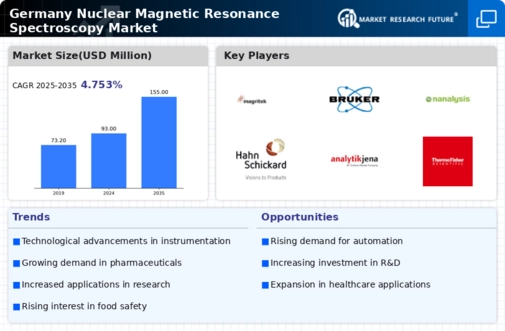
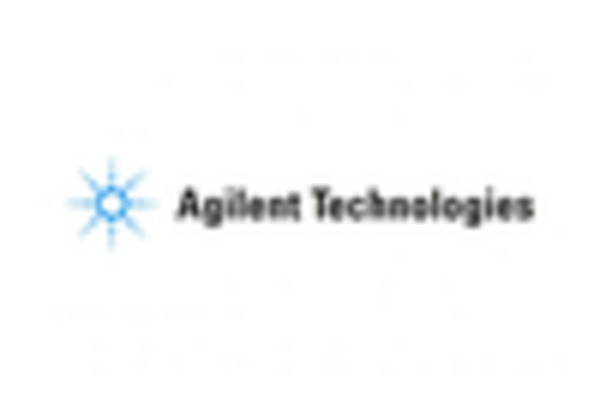
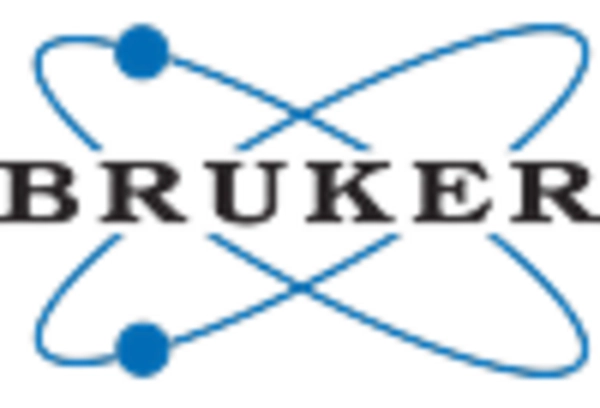
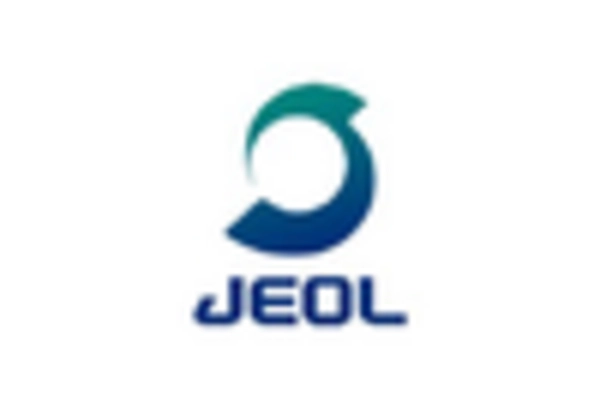
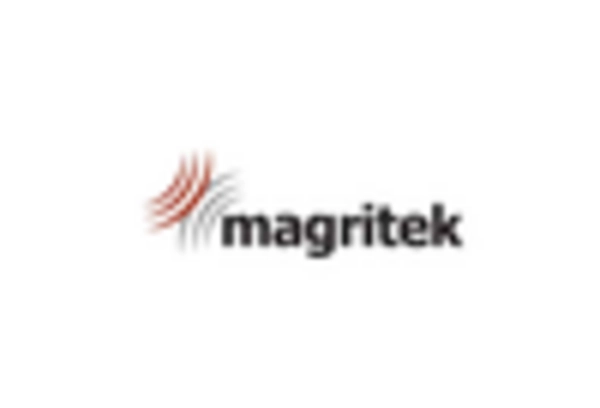
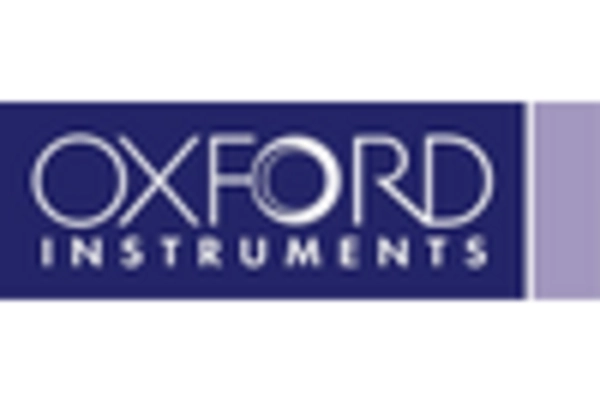
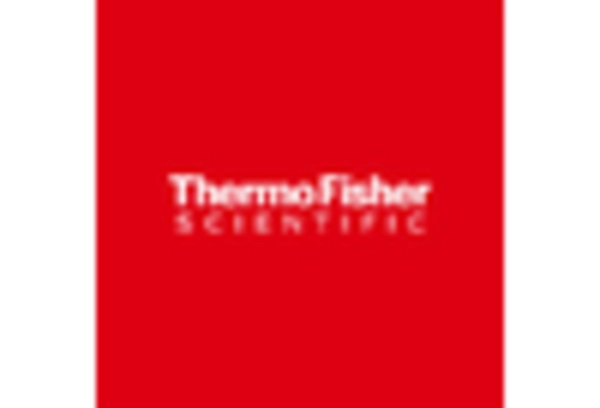








Leave a Comment